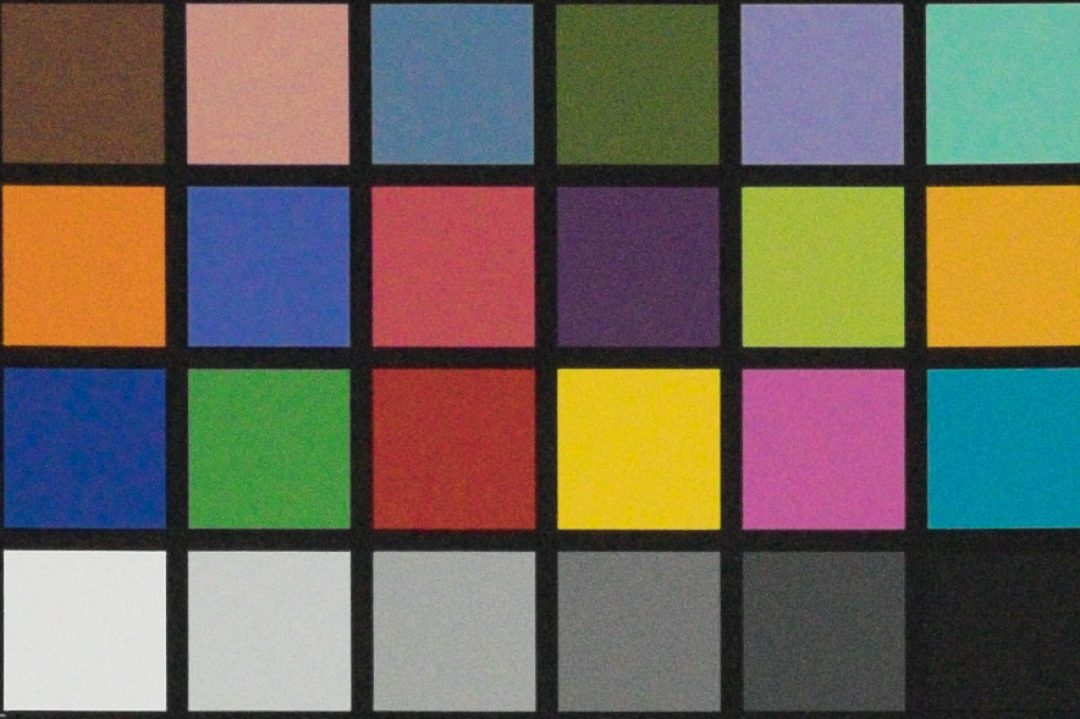
Does Fuji Cheat with its Sensors? | Nasim Mansurov
When testing cameras, it is not unusual to see a situation when one camera can produce results a bit darker or brighter than another. In some cases, lenses are to blame for this variance, since most lenses cannot ideally transmit all of the incoming light. What this means, is that a lens with a maximum aperture of f/2.8 could potentially transmit less light, which could be equivalent to say f/3.5 in terms of brightness. The latter number is what is often referred to as a “T-stop”, or Transmission-stop, which is basically an adjusted f-stop that takes into account this light loss. In other cases, the camera itself can be the source of brightness variance. Although manufacturers are supposed to adhere to an ISO standard that guides the process of determining the right brightness level for each ISO, there is usually still some variance between not only brands, but also between specific camera models. We won’t get into the question of why there are such variances. Instead, we will concentrate on implications of such variances to camera sensor comparisons and ratings. Particularly, we will be looking at exposure variances in Fuji cameras, such as the Fuji X-T1. Many photographers, including myself, have been fond of the way Fuji sensors render images, outputting very clean and pleasant-looking images, even at high ISOs. But are those ISOs real? And is Fuji doing something shady to make its images look better? Let’s take a closer look…..
Source: photographylife.com
Fujifilm X-T1 & Accessories
Do you love my work and want to support me? If you’re planning on buying camera gear, you can check out above-noted links. Prices remain the same for you, but a small percentage of your purchase value is valued back to me. Thank you!
